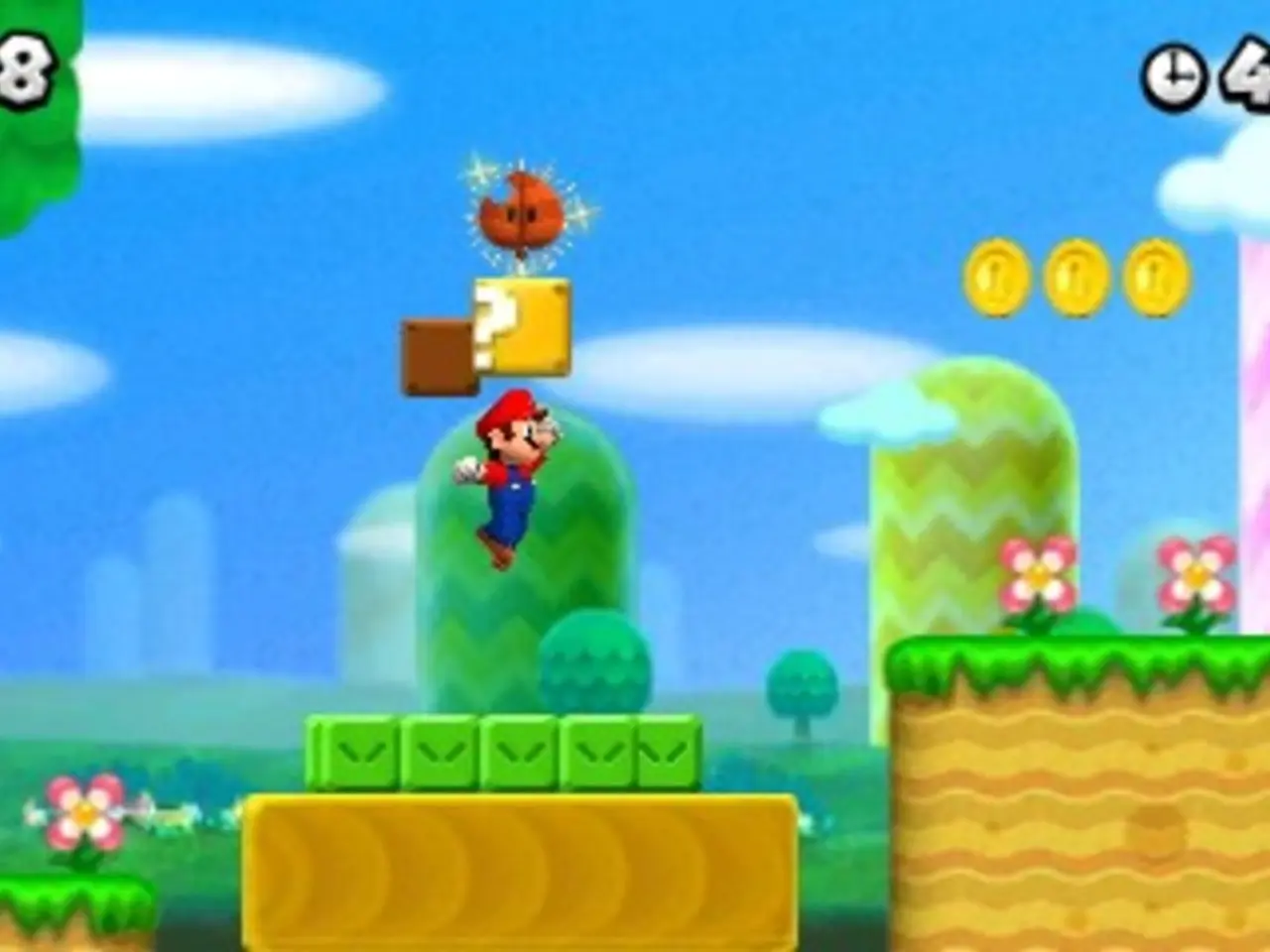Product Lifecycle: Phase Transition of Goods and Services from Development to Discard
==============================================================================
In the world of business, understanding the product life cycle is crucial for success. The product life cycle (PLC) consists of five distinct stages: Development, Introduction, Growth, Mature, and Decline. Each stage requires a different marketing strategy and mix, as the product moves through its lifespan.
Development Phase (Pre-Introduction)
During this phase, the focus is on product development and testing. The goal is to create a product that meets market needs, emphasizing quality and features. Pricing and distribution strategies are planned for the launch, while promotional efforts are limited to market research and building initial awareness internally.
Introduction Stage
In the introduction stage, the product is offered to the market for the first time. The strategy here is to create awareness and educate customers about the product. This is often achieved through advertising and sales promotions. Prices can be either low (penetration pricing) to gain market share quickly or high (price skimming) to recover costs. Distribution channels are selected to reach early adopters effectively.
Growth Stage
As the product gains popularity, the growth stage begins. Sales rise rapidly, and unit costs fall due to economies of scale. The product is improved based on customer feedback, and new features or variants may be added. The focus shifts from awareness to differentiation, emphasizing benefits to build brand loyalty.
Maturity Stage
In the maturity stage, sales growth slows or plateaus, and competition intensifies. The product is modified or enhanced to differentiate from competitors, and product line extensions may be introduced. Prices are often reduced to remain competitive, and marketing aims to defend market share.
Decline Stage
In the decline stage, sales and profits decline due to market saturation, technological changes, or shifts in consumer preferences. Options for extending the life of the product in this phase include reducing prices, adding new features, or new packaging. A decision must be made whether to invest in extending the life of the product or to eliminate it from sales.
In summary, the marketing mix evolves from heavy investment in awareness and market entry tactics during Introduction to growth-focused expansion, differentiation in Maturity, and cost-cutting or harvesting strategies in Decline, all aimed at maximizing product profitability throughout the life cycle stages.
Recording and tracking sales information helps businesses understand the product life cycle pattern. Advertising costs are reduced in the mature phase due to its minimal impact on sales. Knowing the current stage of a product's life cycle is essential for adjusting marketing strategies and maximizing profits.
In the mature phase, it becomes clear whether the product is successful or not, with successful products having the largest market share and being market leaders. In the introduction phase, extensive advertising and promotional costs are incurred to support sales.
Understanding the product life cycle and adjusting marketing strategies accordingly is a key aspect of business success. By recognising the stage of a product's life cycle, businesses can make informed decisions about product development, pricing, distribution, and promotion to maximise their profits and maintain a competitive edge.
- In the 'Growth Stage', businesses concentrate on differentiating their product from competitors, emphasizing benefits to establish brand loyalty, which requires a different marketing strategy compared to the 'Introduction Stage'.
- Effective financial planning is crucial in the 'Decline Stage', as businesses must decide whether to invest in extending the life of the product or to eliminate it from sales, which can significantly impact the overall financial health of the business.




